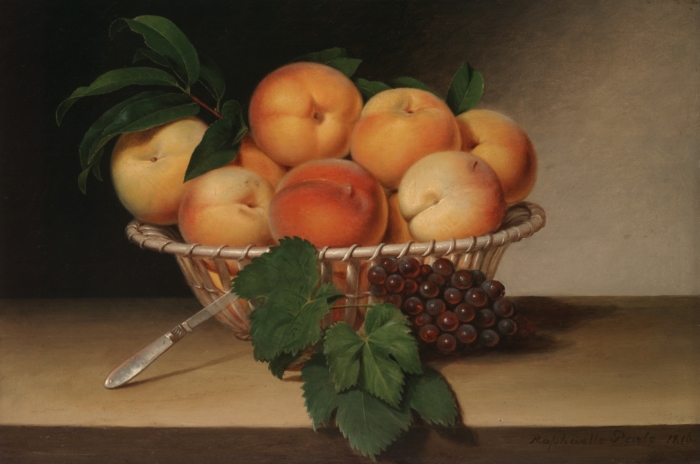
It was a winter evening, when nightfall comes too early and the landscape is bleak and brown. Our commuter train was cancelled due to an earlier automobile accident that was still blocking a railroad crossing, so we climbed aboard substitute busses for the ride home.
Inside the bus, the lights were on and most passengers pulled out a computer or Kindle to pass the time. I chose to look out the window and study the streets and homes I could never look at when I drove.
We traveled through a once-thriving mill town that had never fully recovered from the closing of the factories and mills decades earlier. Most of the businesses in the town were closed for the day, except for a barber shop and a few small markets selling groceries, cigarettes, and lottery tickets.
The bus stopped for a red light and my eyes were drawn to the light coming from a large, second story window above an insurance agency. I watched as a man and woman walked confidently towards each other. He opened his arms and she stepped toward him, taking his left hand. Their eyes locked on each other as they began to move. No, not simply move. Framed in that window on the second floor, they began to dance. Slow, slow, quick, quick, slow.
The Tango! So elegant, so sexy, so…fleeting.
The light turned green and the bus pulled away, returning my attention to the crowded bus and the tired commuters. But the image of the dancers remained, partly because of the juxtaposition of elegance in a seedy town, but mostly because of the memories it triggered: confidence, rejection, romance, rejection.
What is it about dancing?
I grew up watching American Bandstand after school each day. We followed the lives and loves of those Philadelphia teenagers as if it were a soap opera, which I guess it was.
Dancing styles started out being simply either Fast or Slow, but then evolved into a new dance each week. Each of these dances had a name, and specific steps. The Twist. The Stroll. The Mashed Potatoes. They came and went out of fashion faster than hemlines.
I tried to keep up, following what Kenny and Arlene did on American Bandstand. But the slow dance? Nothing. Nada.You need a partner to learn to slow dance and I didn’t have one.
My first high school dance was approaching and I was starting to panic. If my father knew how to dance, he didn’t volunteer to teach me, so I went next door to the Gartners. They were younger than my parents and excellent dancers. Mr. Gartner taught me to dance in their kitchen as Mrs. Gartner gave me pointers about how to stand and move. Dancing is easy when you are in the hands of experts.
My mother made me a new outfit for the dance, my father drove me to the school, and I entered the gymnasium with high hopes. I found four of my friends and we stood and chatted for a bit, hoping the boys would soon be over to ask us to dance. Four boys did come over, but I was apparently the fifth wheel, for I realized that I was standing by myself as the rest of them went off to dance.
I never did get to dance that night, or any other at that high school. No dates, no proms, no Homecoming dances, Whatever confidence I had going in the door for that first dance was left to die in the gymnasium.
That is not to say that I never got to go a formal dance in high school. I did, but not at my school, where the boys — no longer boys anymore — are probably still sitting on the edge of that stage.
When I was in the 10th grade, a young man from another high school asked me to the Military Ball. It was a formal dance for all the high school band members in the county. Only a band member could invite a date, which meant I could pull a Sadie Hawkins if I wanted to (and I did, the next year).
The original idea was that the young men would wear their band uniforms but this turned out to be a bad idea because the individual schools had colors like red, black green, royal blue, gold, and purple. The girls gave up trying to match their dresses to the uniforms and instead insisted that they boys just wear suits. I think everyone was pleased with that decision.
The evening was great fun. My mother got to make a formal dress for me, which pleased her to no end. My date turned out to be a wonderful dancer. It didn’t matter to me that he was four inches shorter than I was. We spent the night on the dance floor. The humiliation of all my other school dances melted away.
I don’t think much about high school or college. Those were pleasant years in my past. And until I saw the dancers in the window last winter, I had forgotten how good it feels to dance like that. I confess that, without a skilled partner, I still can’t dance very well. Maybe some lessons are in order?
Maybe I could be the confident woman in the window, following my partner’s lead, and being admired by a tired rider on a bus.











